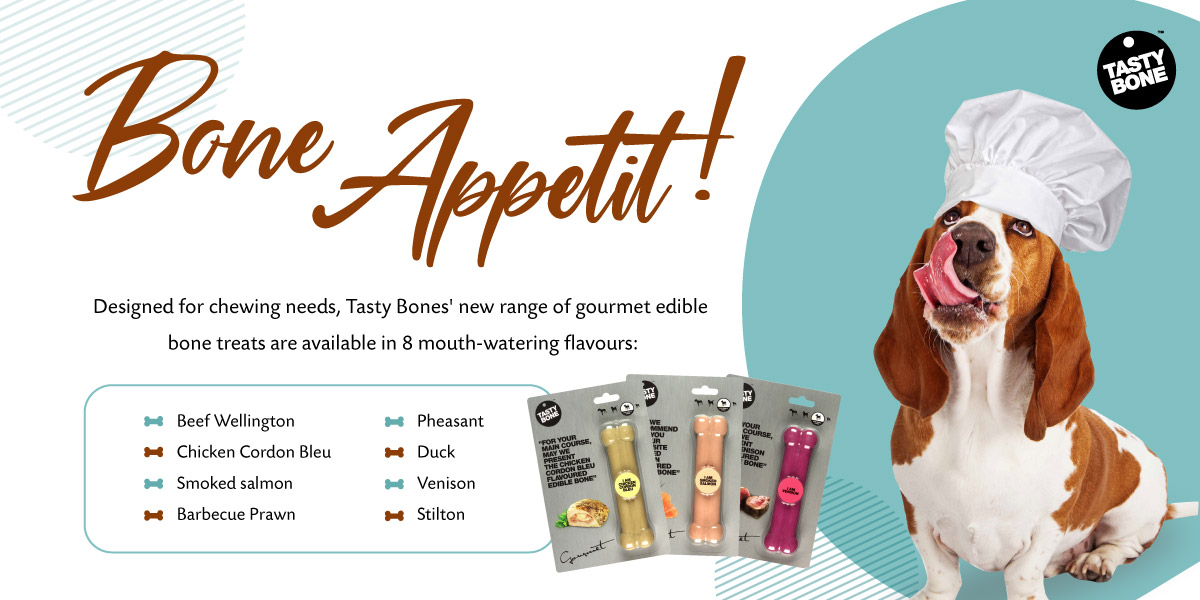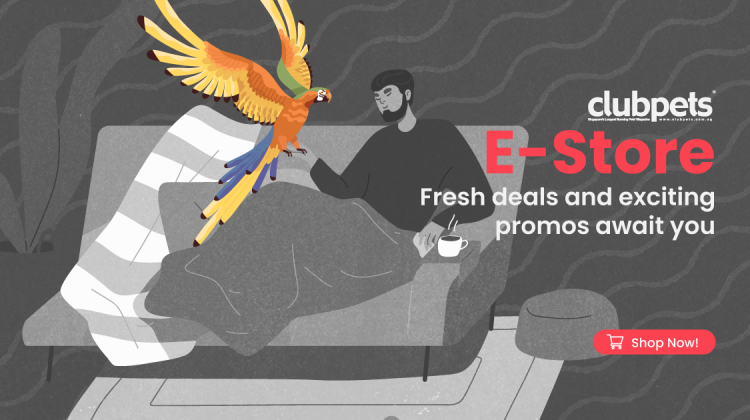A Guide on How to Properly Handle Aggressive Behaviour in Dogs
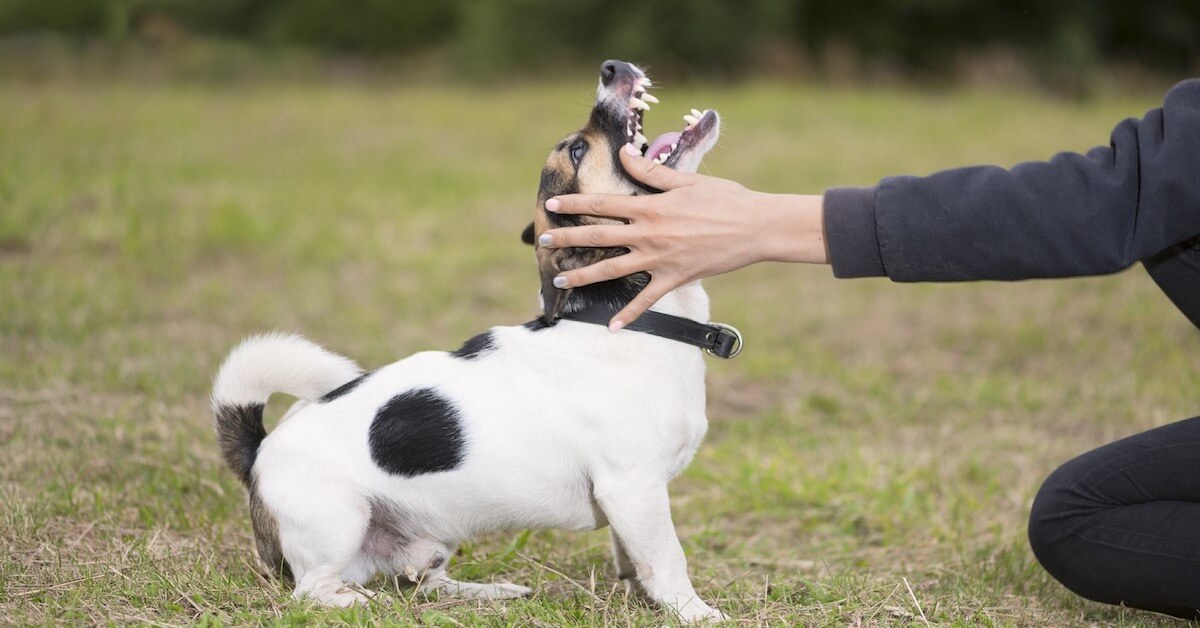
Uh-oh. When the adorable dog that you brought home is growling, biting, lashing out at other people and/or animals as well as displaying other forms of aggressive behaviour, you are facing a major problem that needs to be addressed.
You need to reform your dog’s behaviour to ensure that both your dog and the people around him can live happily and comfortably, and besides simply paying a visit to a dog behaviourist, here’s a guide on what you can do to help your pet deal with its aggression:
Understand your dog before acting
Before you try anything, find out the reason why your dog is acting in an aggressive manner. This will help you identify the type of aggression that your dog has, which in turn allows you to nip the problem in the bud and avoid such future incidents.
For example, if your dog is a rescue, it could have suffered some sort of trauma in its past that has been triggered by its current environment, which includes a certain scent, noise, or action.
If your dog snarls at others and guards its food, it could have food aggression. Similarly, if it growls at other dogs near its toys, it could simply be feeling territorial and possessive. If loud noises set your dog off, it might be acting out of fear.
Consult a vet
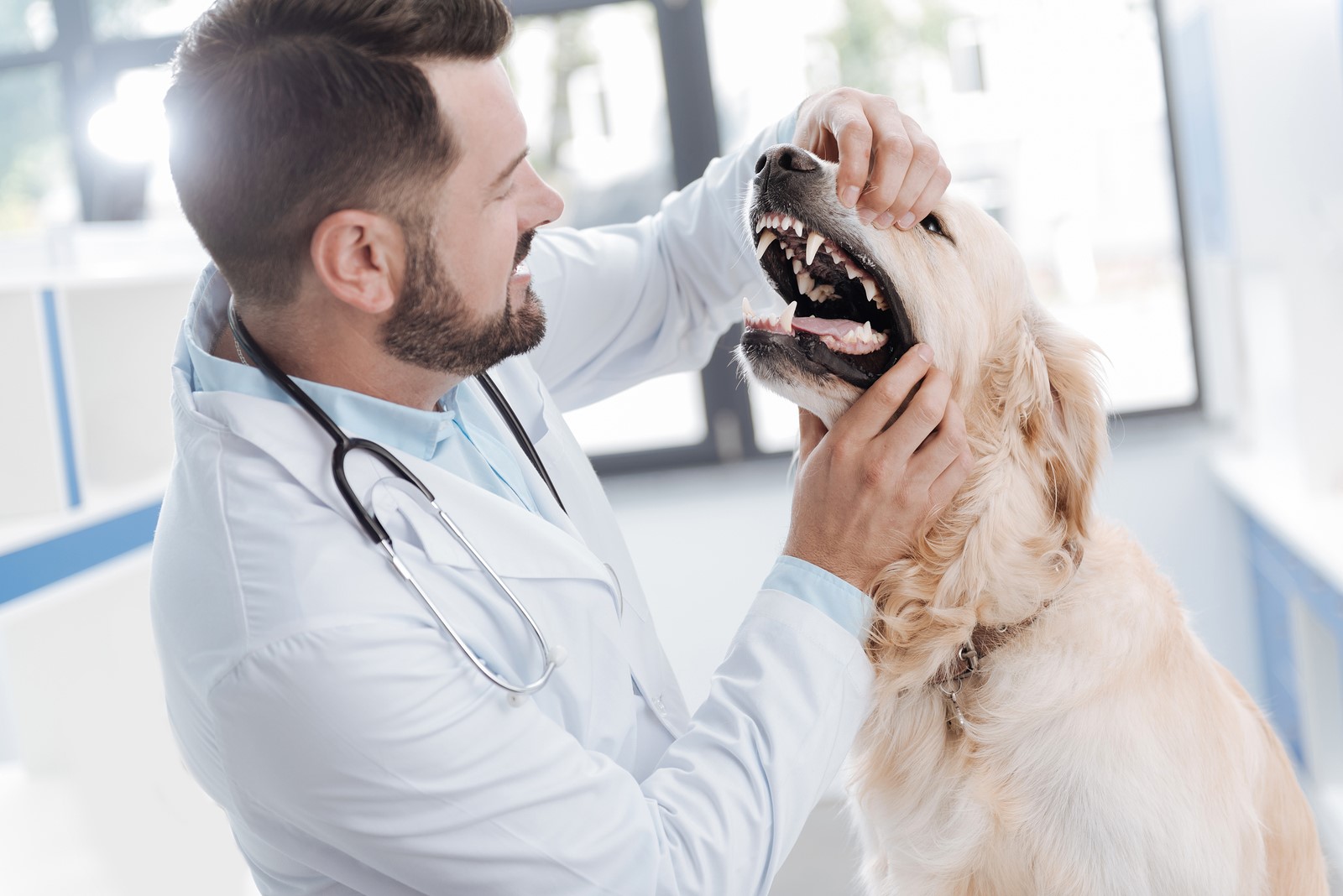
If you are not a professional in animal behaviour and health, consult your vet for any medical problems your dog might be having that could have caused its aggression. These include internal injuries or other physical illness that you could have overlooked, which is causing it discomfort.
Constant training and rewards
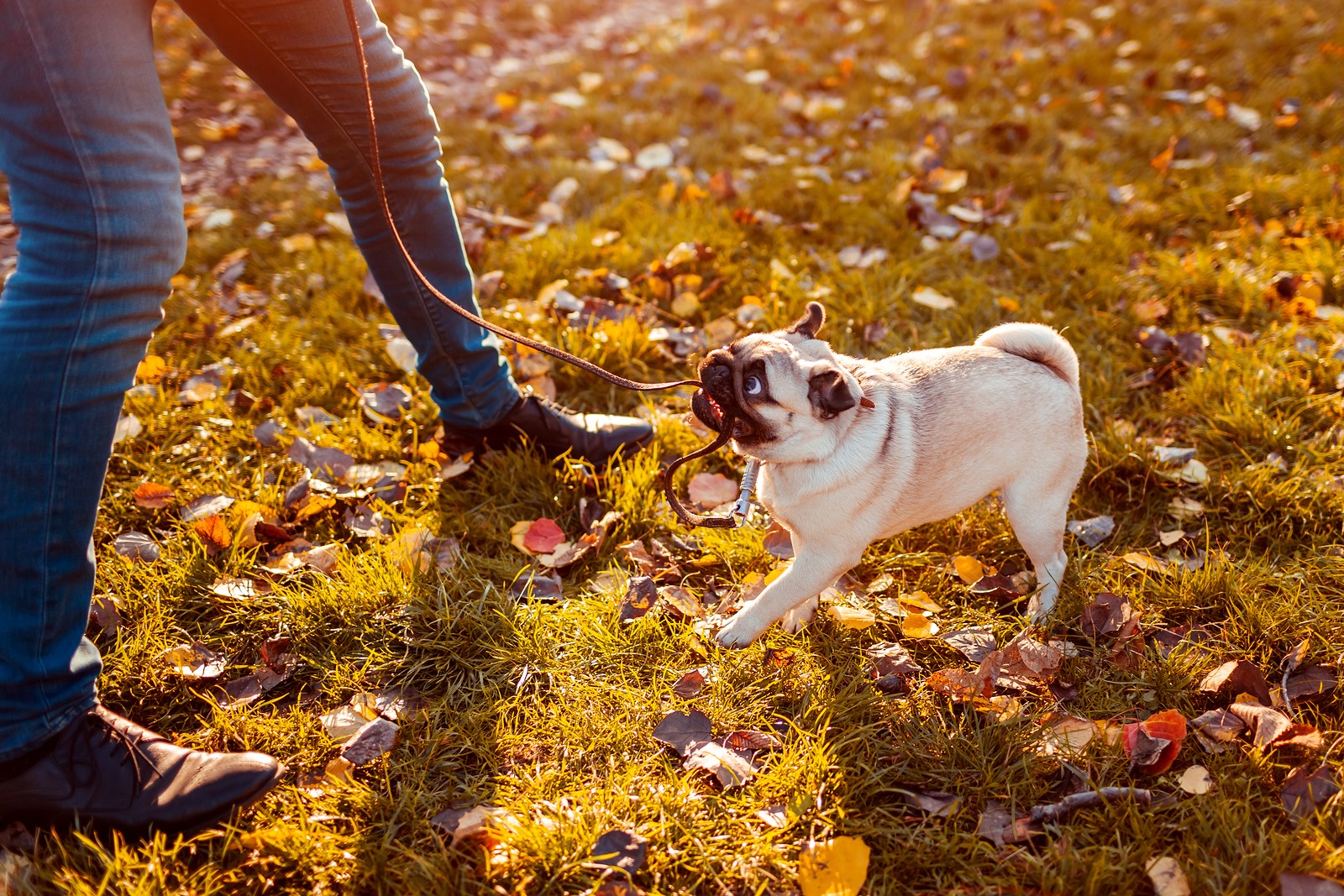
As counterintuitive as it sounds, exposing your dog to its trigger is a good way to help your dog overcome its fears and dislikes, and therefore its aggression. Of course, this is best done gradually and gently yet firmly, and should always be filled with plenty of praises and rewards to let your dog build a positive association with the experience.
Give your dog plenty of exposure
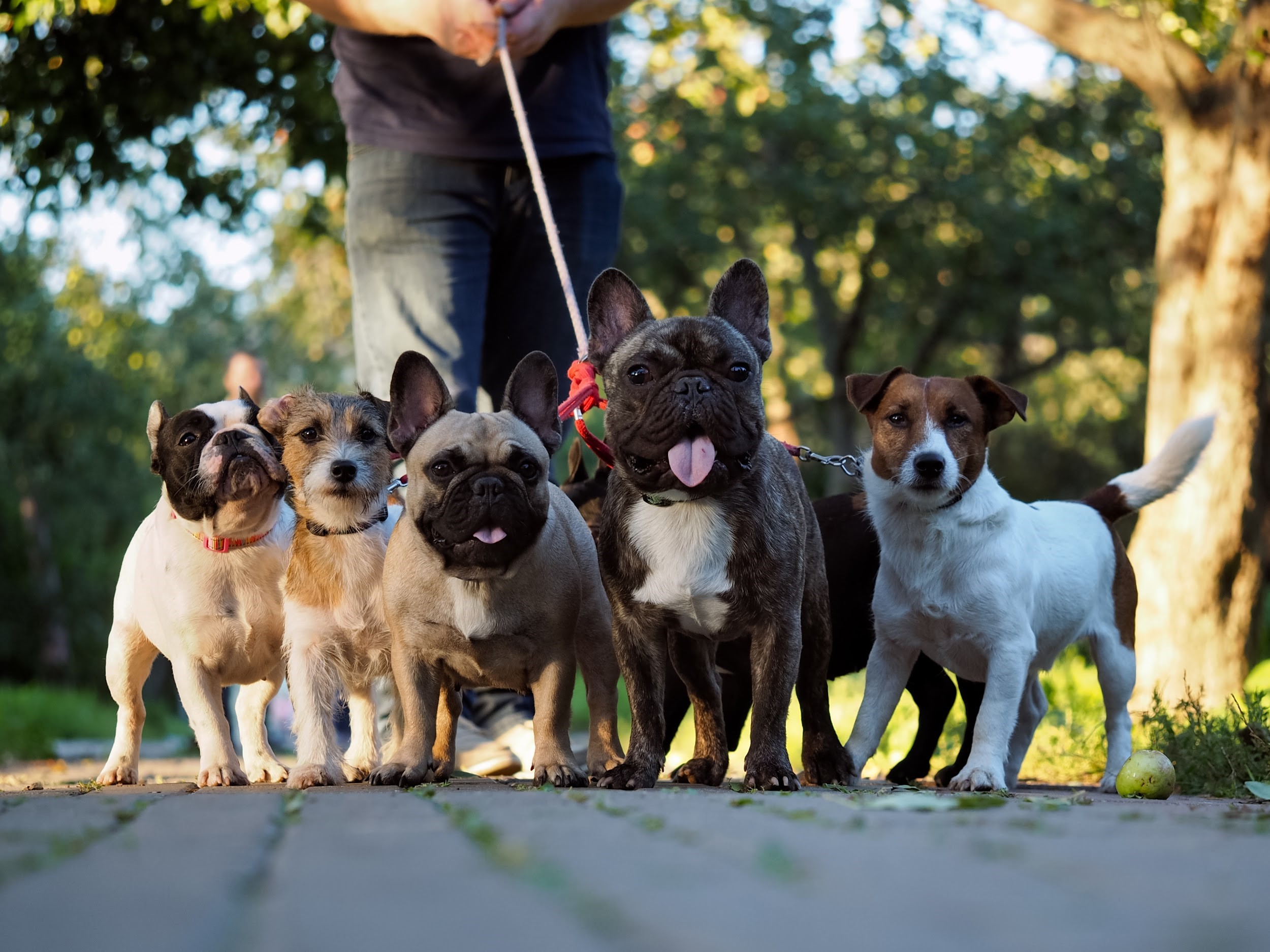
When your dog is aggressive, it may be acting in an anti-social way due to fear, possessiveness, or even pain-induced hostility towards environmental triggers. To help your pooch cope with its fear or jealousy, build up its confidence and feelings of security by letting it learn that other dogs are friends, not foes.
If you’re not confident about socialising your dog properly, enlist the help of a good trainer and make sure to get him/her to teach you how to handle your dog calmly. After all, dogs can sense your emotions and may feed off your anxiety, which causes them to act even more aggressive!
Ensure safety on walks
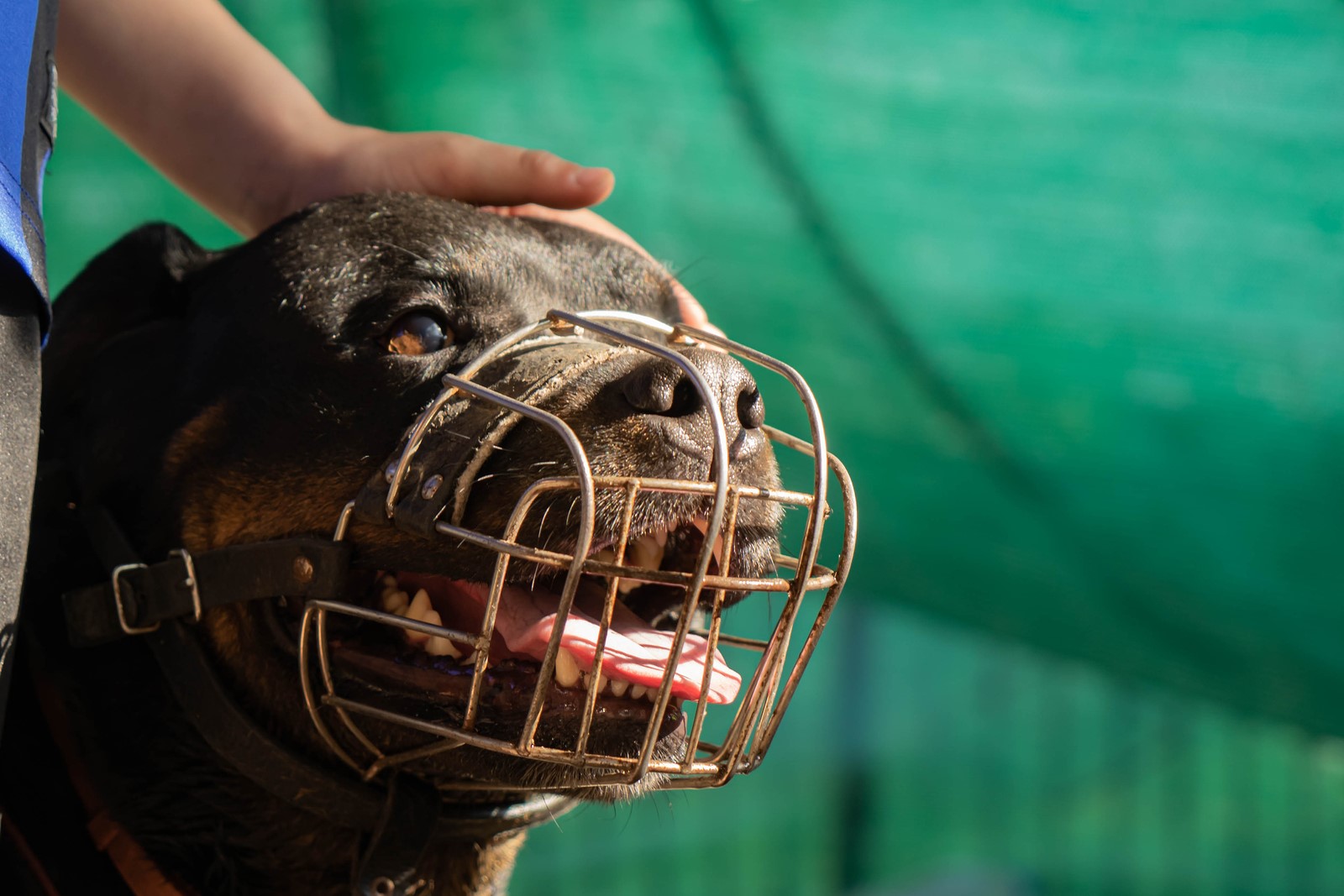
Regardless of the type of aggression your dog has and regardless of the type of corrective training you would administer to it, the golden rule is that safety should come first for you, your dog, other people and other animals.
If your dog is prone to biting others, then this means that you should probably consider investing in a comfortable muzzle for your pooch. Alternatively, you can also get a shorter leash if your dog often runs after others when on walks.
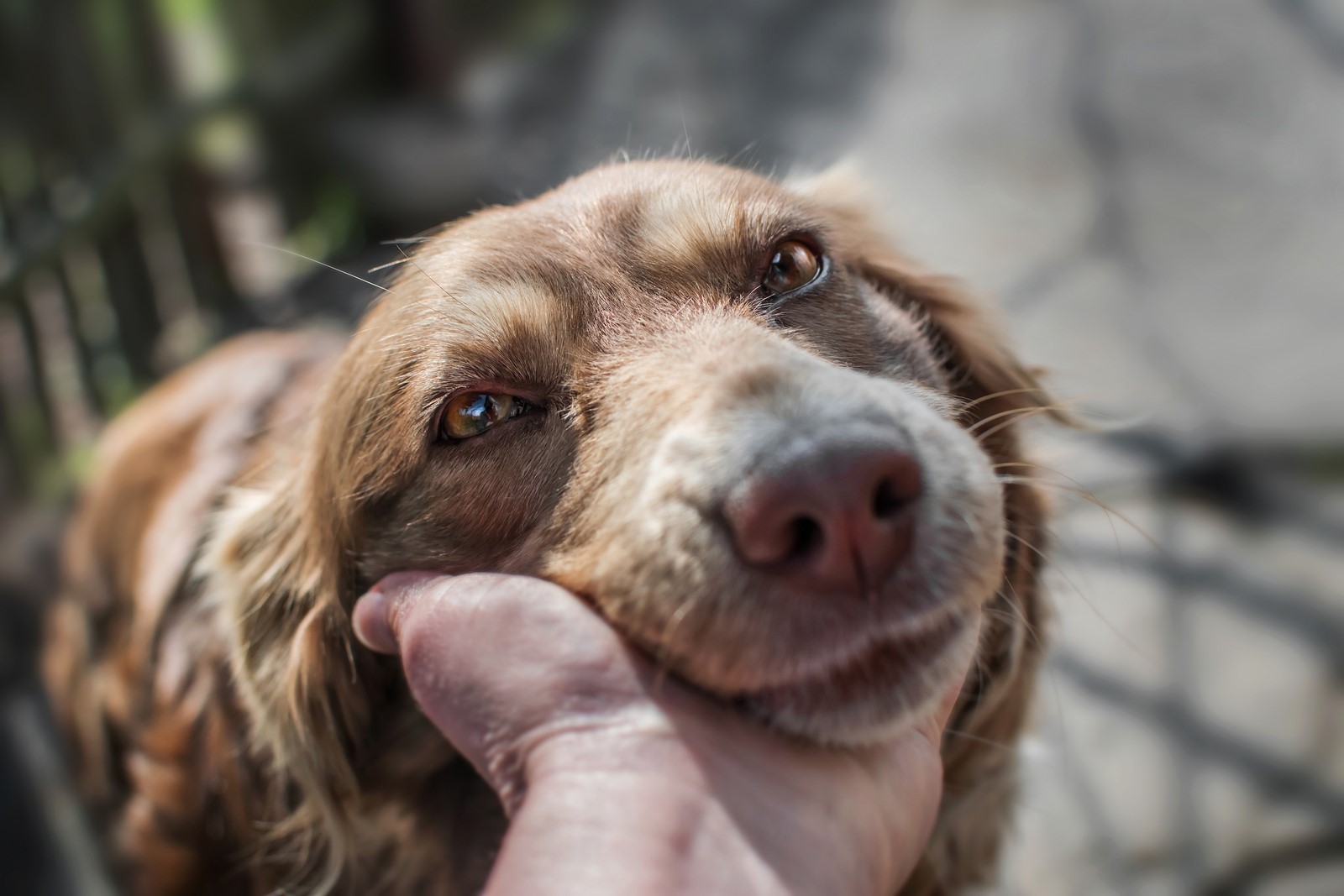
Dog aggression cannot be overcome overnight. Instead, constant and patient training will help your dog learn how to become a confident, self-assured, and friendly dog again! Together with experienced trainers, make sure to invest time in helping your furry friend on this journey through these tips provided. The results will be worth it!

